A month or so ago, I took a quick trip to meet my family for a few days in Yellowstone National Park. It’s one of the most popular parks in the national park system, and known for very long lines at the park’s few entrances on busy weekends. We rented a cabin in West Yellowstone, the busiest and most crowded gateway town just a few miles from the West Entrance.
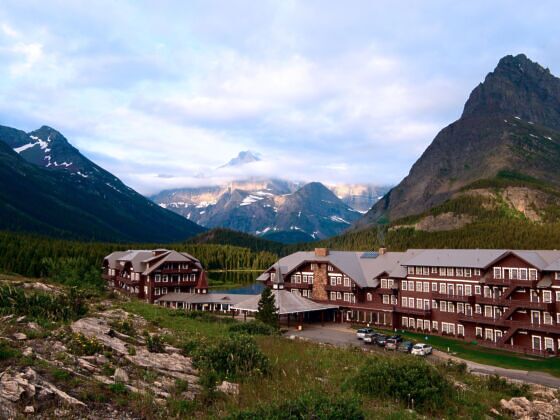

Taking a National Park Trip? Here’s Why You Should Stay Inside for at Least One Night.
Because we were there over a weekend, I worried that we were going to spend hours sitting in lines on Saturday morning, too. I knew also that I wanted to treat my parents to a wildlife experience to give them the chance to see grizzlies in the wild, but getting through the traffic to be in the park early enough to swing that seemed almost impossible.

The lobby of Yellowstone’s historic Lake Lodge. Photo: Suzie Dundas
That’s when we came up with a not-so-original, but very helpful idea: We spent one night inside the park, staying in national park lodging. We booked two cabins at the Yellowstone Lake Lodge, allowing us to spend the evening watching elk on the shore of Lake Yellowstone and relaxing in oversized rocking chairs, rather than commuting out of the park. And since our morning wildlife tour meeting point was less than a mile from the lodge, we didn’t have to wake up in the middle of the night to meet our guide.
Staying the park was a unique experience, and it occurred to me while watching the sunset that staying in national park lodging for at least one night of a national park vacation offers far more benefits than just easy access to morning wildlife. There are a plethora of benefits of spending a night or two within the park boundaries.
Yes, you’ll improve your chances of spotting wildlife
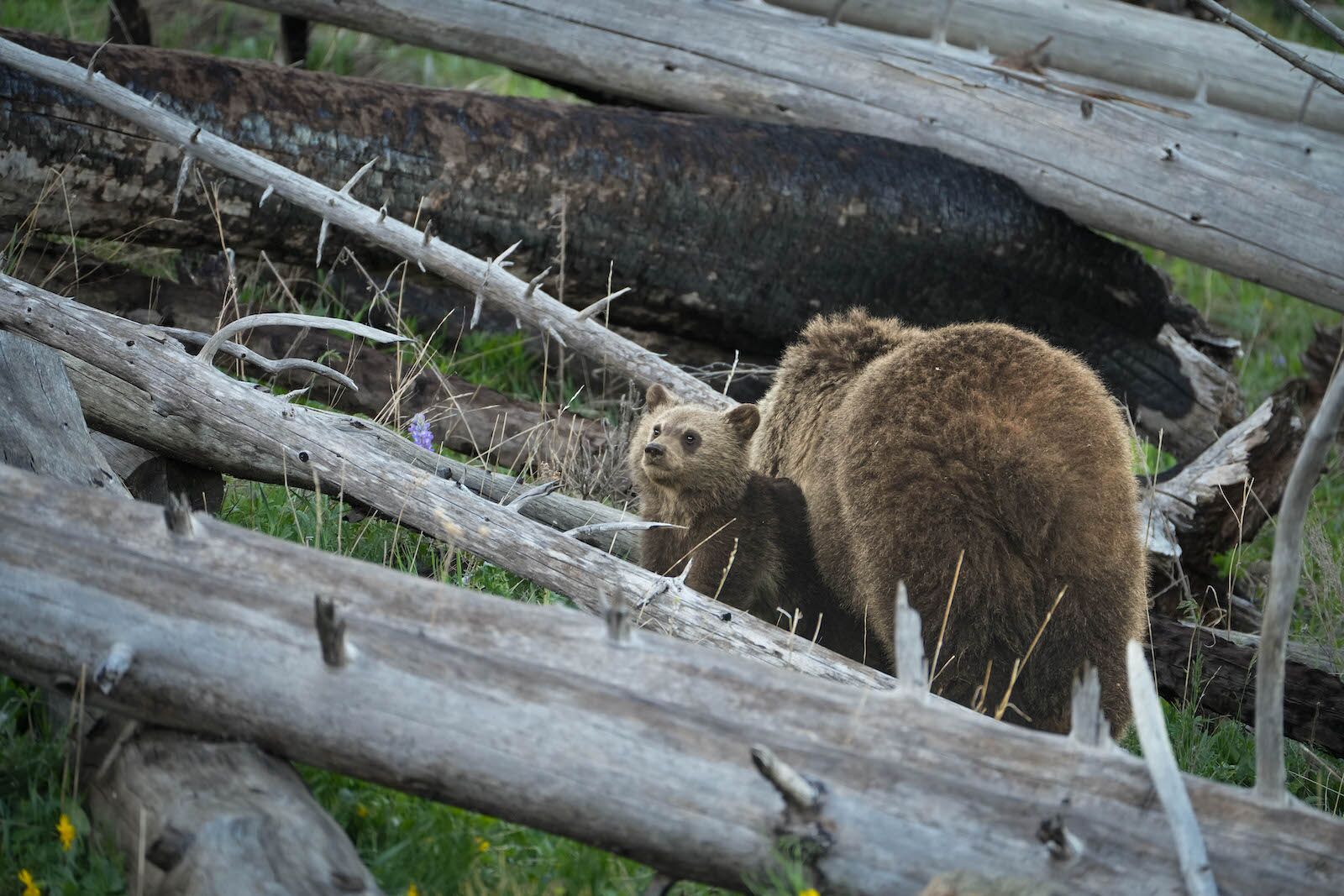
Yellowstone’s grizzlies are most active at dawn and dusk. Photo: Suzie Dundas
Early risers often reap the greatest rewards when exploring national parks as wildlife activity tends to peak in the morning hours. That’s especially true in the summer, the main season when people visit most national parks, as animals tend to be less active during the hottest part of the day. It’s also much easier to spot wildlife when parks aren’t crowded and there are fewer cars and voices to scare them away.
If you’re keen on photographing wildlife, you’ll find that most wildlife photography tours offered through national parks start very early. Yellowstone’s “Picture Perfect Photo Safari” starts at 5:45 AM, and Glacier Photo Guide‘s sunrise photo class at Lake McDonald starts at 5:30 AM. Staying inside the park makes it much easier to make those early morning times, rather than waking up hours before that to account for time spent driving into the park.
You’ll have smaller crowds in the morning and evening
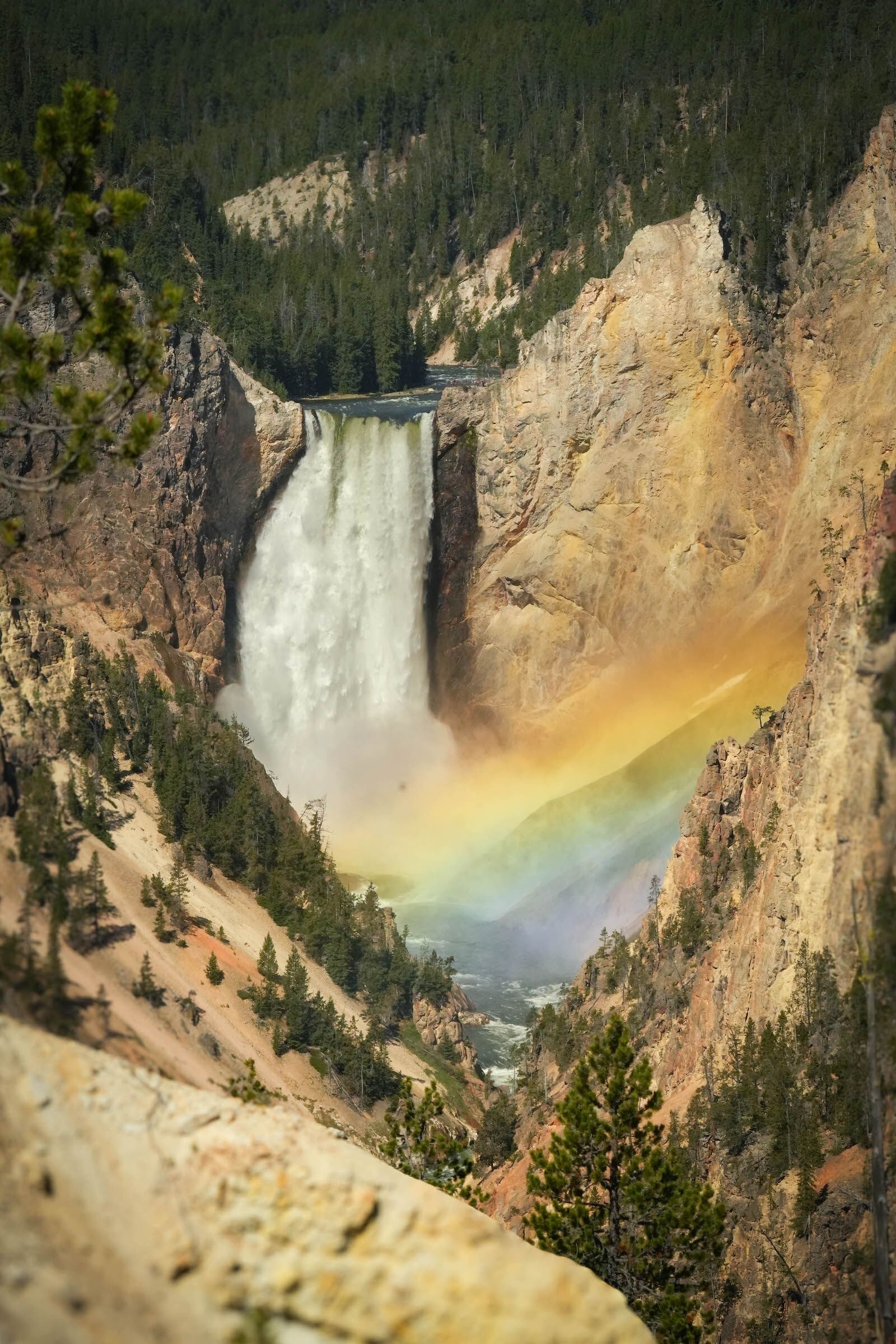
The rainbow at Grand Canyon of the Yellowstone happens only once a day — in the morning. Photo: Suzie Dundas
Maybe the most obvious reason to spend a night inside the national park is to have the park all to yourself before the days’ crowds arrive. Consider spending a Friday night in the park if you’re able, since lines to enter most parks tend to be longest on Saturday mornings. Instead of sitting in an hours-long line to enter the park, you’ll be able to be the first one on the trails, get to the best viewpoints without throngs of travelers, and find parking at popular parking lots hours before the park reaches peak capacity.
You don’t need a park reservation
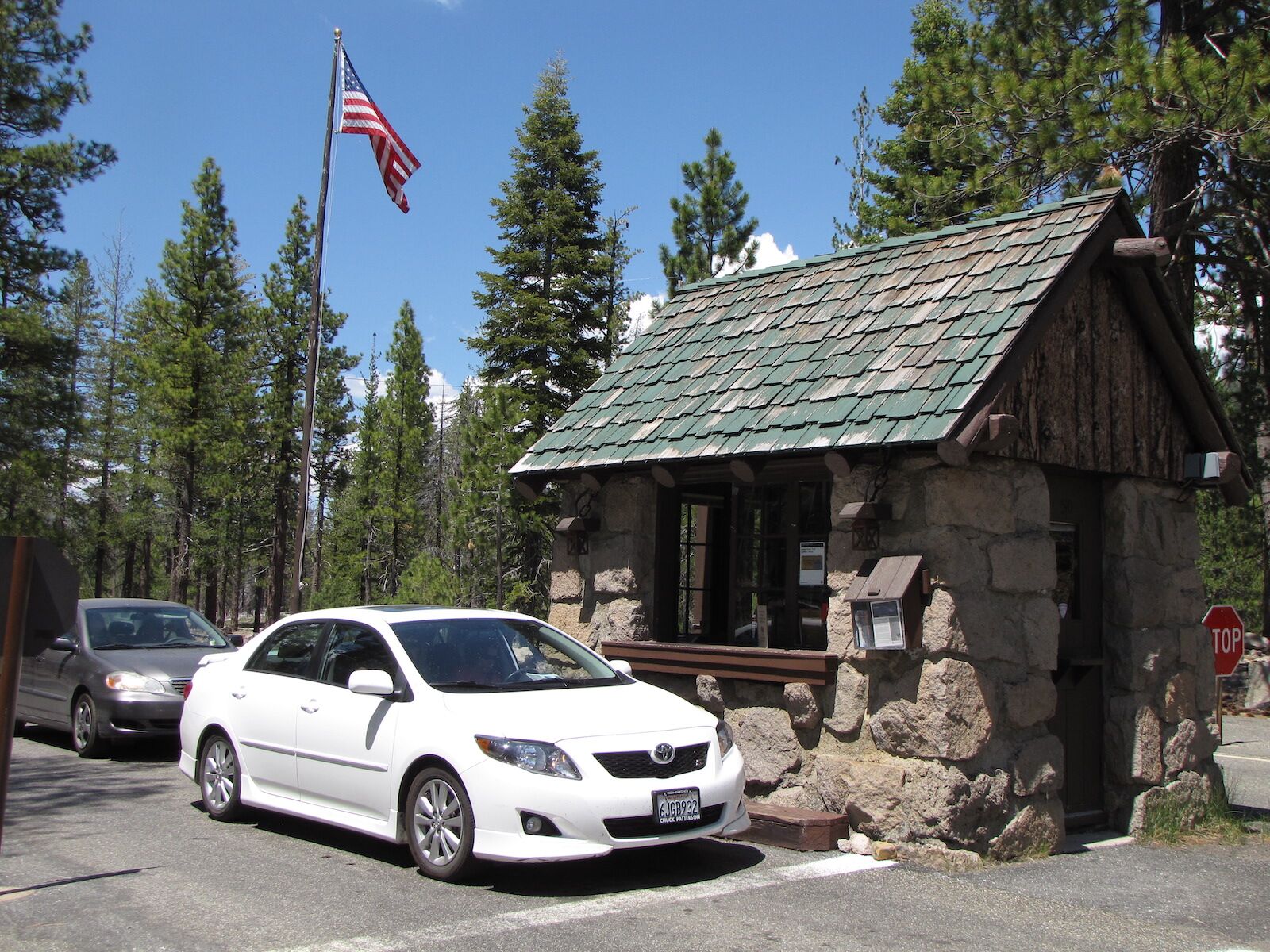
Photo: NPS/Public Domain
Many national parks now require reservations for day visitors, including Yosemite National Park in California, Rocky Mountain National Park in Colorado, and Mt. Rainier National Park in Washington. Depending on the park, you’ll probably need a reservation to enter any time between 5 or 6 AM, and 4 or 5 PM. Most reservations need to be made in advance online, and when they’re done, they’re gone.
Fortunately, if you have a reservation for lodging inside a national park, be it a hotel, cabin, or campsite, you don’t need a separate park reservation. Sure, booking a hotel is likely to be more expensive than a park reservation (which is usually free, or somewhere around $5), but if you’re on the fence about booking a room, just know it’ll at least take away the hassle of trying to find a second park entry reservations.
You’ll support park conservation
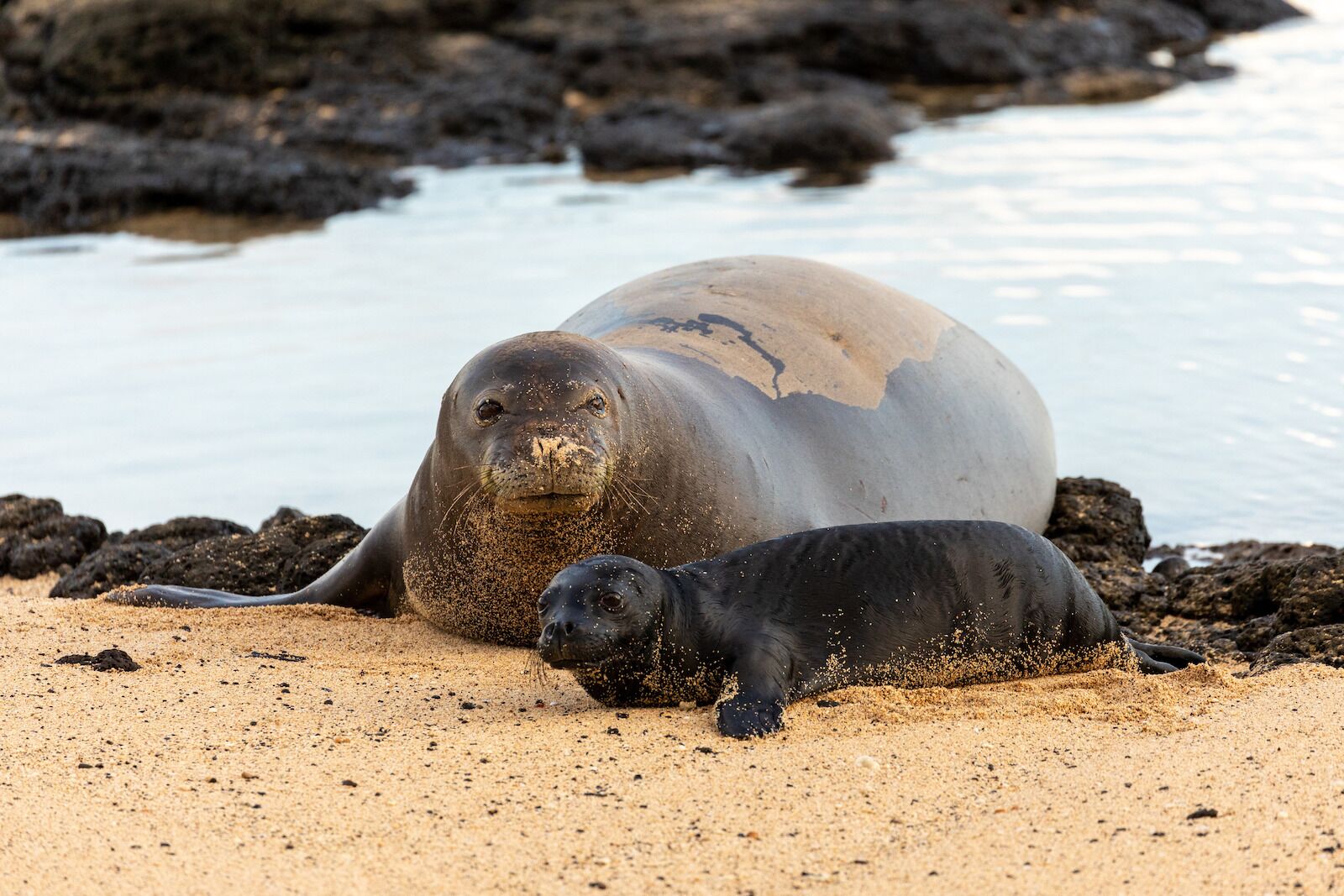
Spending money at national park lodging helps parks generate income for conservation programs. Photo: NPS/Public Domain
It’s great if you throw a few bucks in the park donation box inside the visitor center. But if you stay within the park, a percentage of your spend goes directly to park conservation and environmental protection efforts. A portion of lodging revenues often supports park operations, maintenance, and preservation initiatives. Lodging managed directly by the National Park Service (such as campgrounds and cabins) usually gives the largest percentage back to the park system. But hotels managed by third-party operators like Pursuit’s Denali Backcountry Lodge or Delaware North’s Yavapai Lodge in Grand Canyon NP still bring money back to the park coffers.
You can experience classic National Park architecture

Staying in classic national park lodging can be a way to connect with the past and feel what it was like to explore the parks a century ago, like at the Ahwahnee in Yosemite National Park. Photo: NPS/Public Domain
Classic national park architecture, called “parkitecture,” is a distinctive architectural style found in many national parks. It’s a hallmark of America’s natural heritage and is sometimes so complex and expensive that it could never be built today. And some of the most iconic examples of parkitecture are found in the lodges and hotels that emerged in the early 20th century.
Yellowstone National Park’s Old Faithful Inn, with its towering log beams and rustic charm, is perhaps the most famous, but Glacier National Park boasts a collection of stunning lodges, including Lake McDonald Lodge and Many Glacier Hotel. Yosemite National Park’s Ahwahnee Hotel, with its granite facade and grand interior, is another masterpiece of parkitecture.
Most classic national park hotels offer free daily tours, including the Old Faithful Inn and the Prince of Wales Hotel in Canada’s Waterton Lakes National Park. They’re a fascinating way to learn about the history of national parks like Yellowstone, whether you’re a fan of architecture or not.
It reduces your carbon footprint
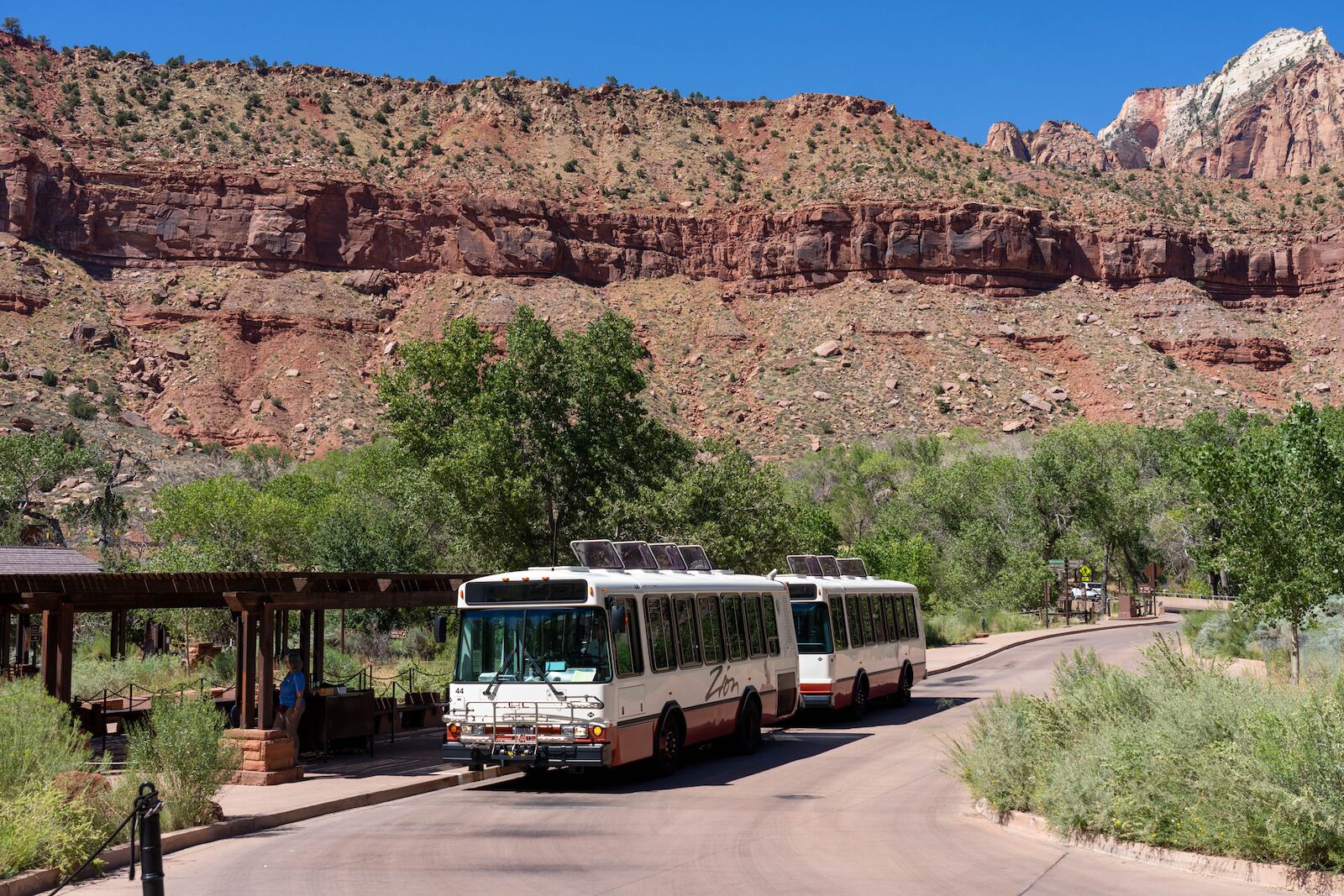
If you stay in national park lodging, your hotel or campground will almost certainly be a stop on the shuttle system. Photo: NPS/Public Domain
If you love national parks, you probably also love the whole “let’s not destroy the planet” concept. Unfortunately, flying to remote destinations and driving in and out of parks every single day releases a lot of CO2 into the atmosphere. Staying within the national park and skipping the commute to and from the park for even one day can help reduce how much carbon is being released into sensitive environments as a result of your trip.
Plus, national park hotels are almost always stops on the park shuttle systems (for parks that have them), meaning you can leave the car parked and take public transportation for the day. Not only does using the park shuttle greatly reduce your carbon footprint, but it also spares you from having to deal with driving and finding parking at busy trailheads.
You can enjoy the parks late at night
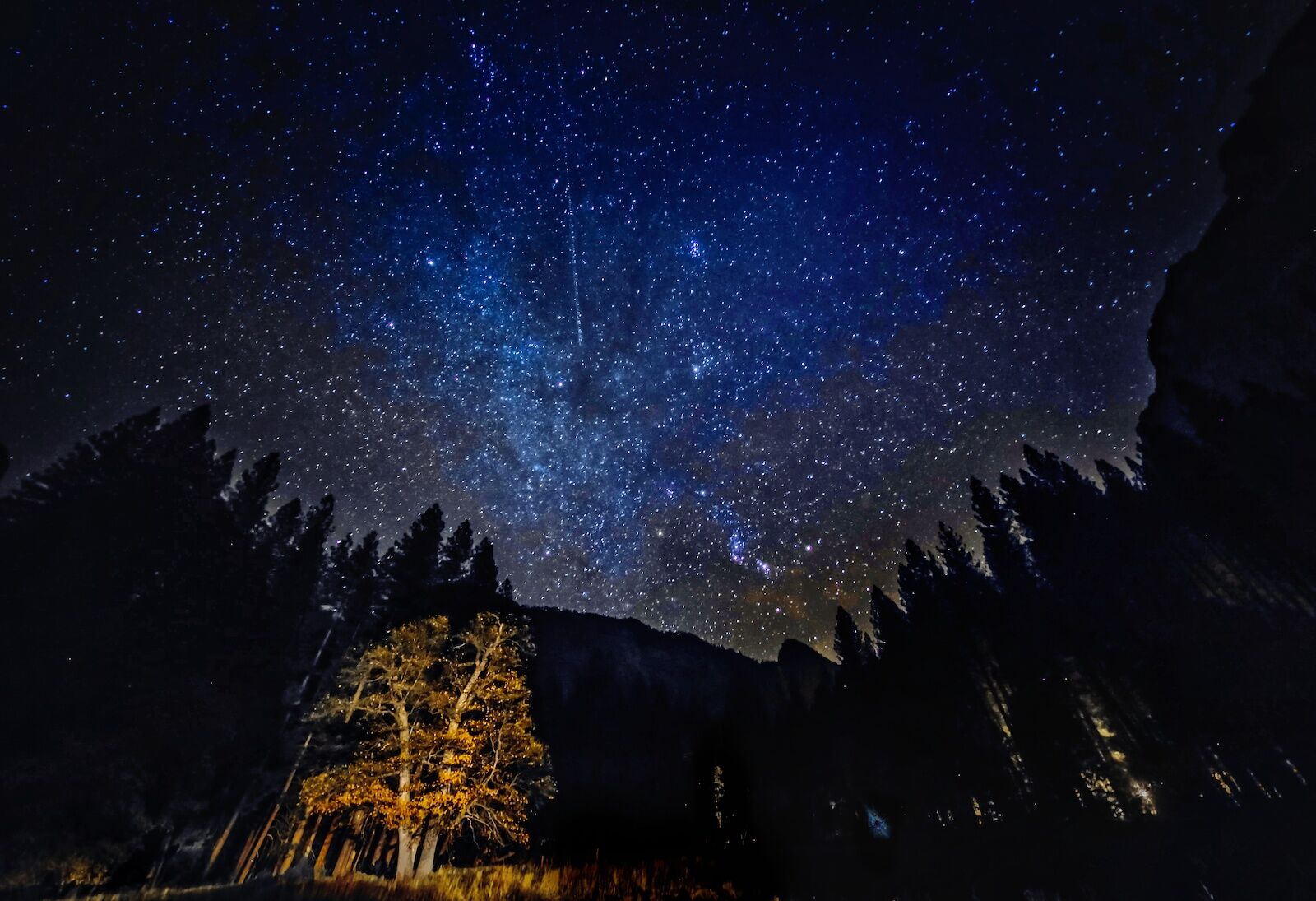
Stargazing in the Yosemite Valley late at night. Photo: Suzie Dundas
Finally, spending the night in a park isn’t just so you can wake up early — it’s so you can stay up late. Many national parks have excellent restaurants (including Yellowstone, for the record), and if you want to try a few local beers or glasses of wine with dinner, you’ll want to be within walking or park shuttle distance of wherever you’re sleeping.
Boozing aside, staying within the park means you’ll have access to the park for catching a sunset, stargazing all night, or attending evening ranger talks without worrying about your drive home.